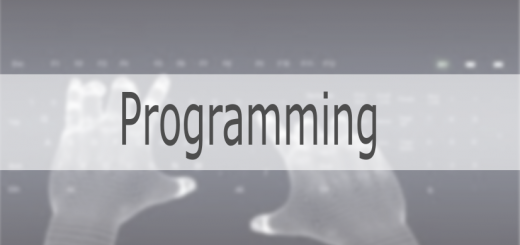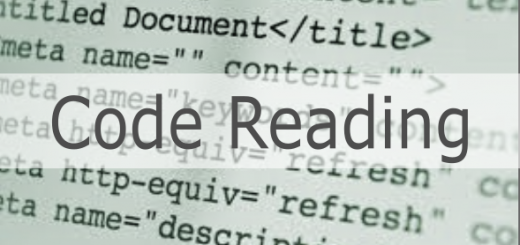Materials – N5 Relational Databases Worked Example
Activity Summary
This is a series of practical tasks that focus on the relational database content of the N5 Computing Science course. All of the practical work is completed in MS Access. However, with a updated Help sheet (the current resource is based on VB for Access), it would be possible to implement the database tables in any database management environment.
A number of files need to be available on a shared Curriculum drive that learners can access. These files include:
- folder of fact sheets
- folder of pet images
- Help sheet
A copy of the single table Access database has been provided. Use of this file would remove the need for learners to do all of the data entry for the PET table. It should be noted, however, that it is important for learners to acquire skills associated with table creation.
Prior Knowledge
- Learners should be familiar with basic database structure (fields, fields types, field size (text fields) and primary key) before the start of Exercise 1.
- Learners should be familiar with the concept of a user interface (in Access this would achieved using forms and reports) before the start of Exercise 2. Before starting on Task 5, learners will need to be familiar with how to view code behind buttons that are added to forms in Access.
- Learners should be familiar with the structure of relational databases (foreign key and links) and the use made of queries to search and sort a database before the start of Exercise 3.
- Exercise is extension material. Tasks 1 & 2 require prior knowledge Before starting on Task of link fields; Tasks 3 & 4 require prior knowledge of user interfaces; Task 5 requires prior knowledge of relational databases and user interfaces.
Suggested Time Required
Resources
Follow Up Activities
The resources could be adapted to create a similar series of tasks and exercises for other simple relational databases with two table problems. For example, PRODUCT and MANUFACTURER or HOTEL and RESORT. Learners would be expected to be more independent when developing solutions to the tasks.


